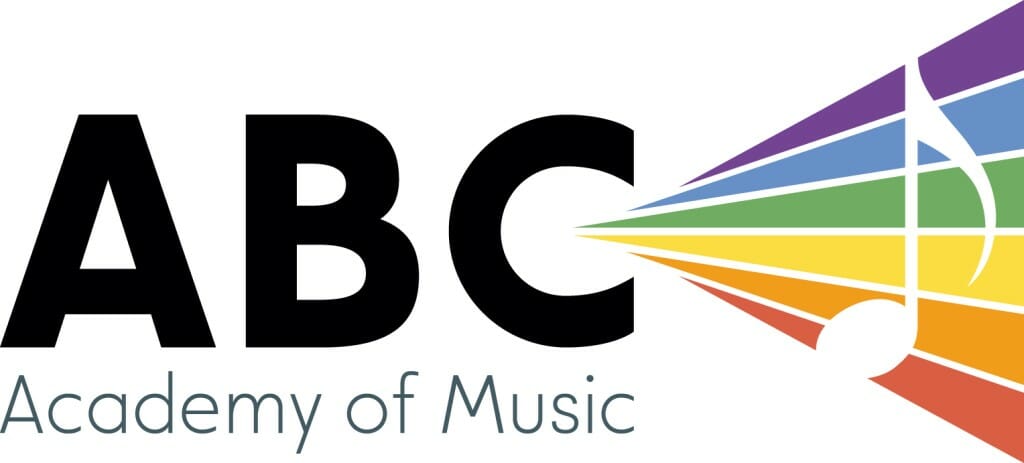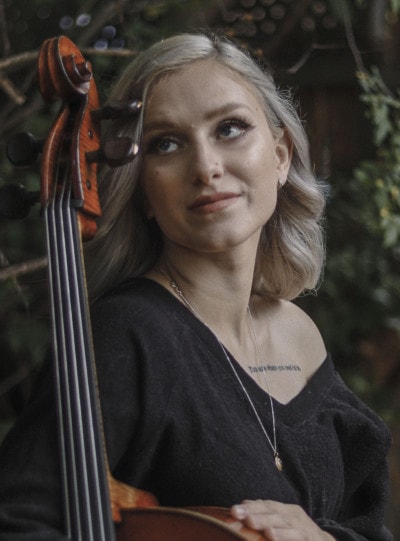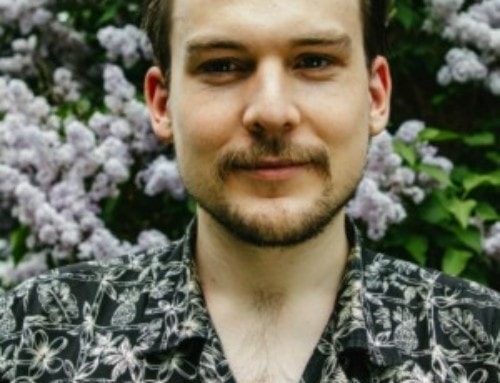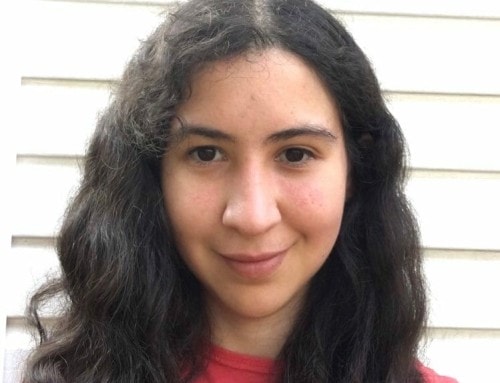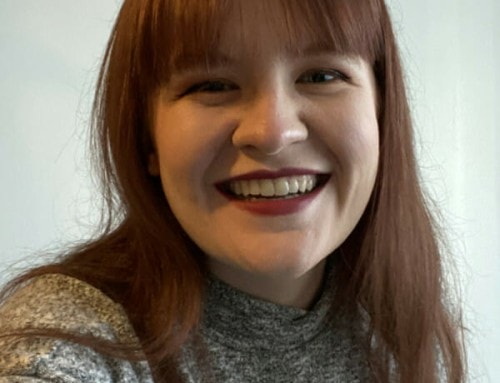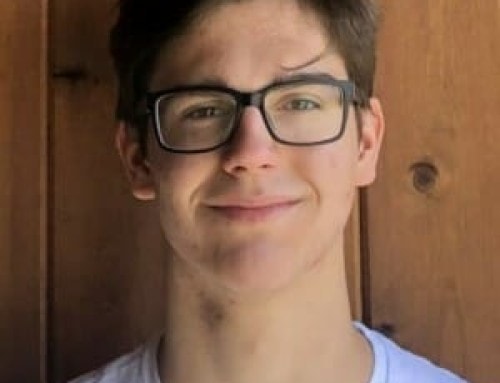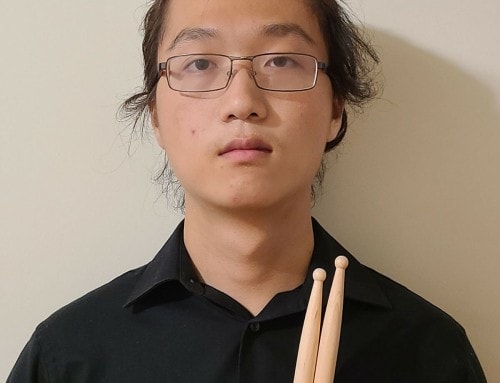Kendra Grittani is an experienced cellist, having started playing at only four years old. Kendra has completed her Masters in cello performance at McGill University with accomplished symphonic and chamber musician, and cello professor, Elizabeth Dolin.
Kendra has performed with various orchestras including the Toronto Symphony Orchestra, the McGill Symphony Orchestra, the McGill Opera Orchestra, the Kitchener Waterloo Symphony, the Thunderbay Symphony Orchestra, and the National Youth Orchestra of Canada.
Recently, after forming the piano trio, Trio Meira, the chamber group swept the McGill Chamber Music Competition 2018, being awarded 1st prize. Along with a debut performance in Montreal, Trio Meira was awarded a week long residency at the Mozarteum in Salzburg, Austria.
Kendra has also had the privilege to perform alongside accomplished professionals such as Axel Strauss, Stephane Lemelin, Elizabeth Dolin, Ariel Barnes, Riko Higuma and many more. Kendra is currently a substitute musician with the Toronto Symphony Orchestra cello section, the Kitchener Waterloo Symphony cello section, and the Thunderbay Symphony Orchestra cello section. Kendra is working as a freelance cellist, chamber musician and as a private teacher in Toronto.
Get to know Kendra…Beyond the Bio!
Hobbies: Aerial Acrobatics, animal care.
Musical influences: Johannes Moser and Santiago Cañon-Valencia
Favourite food: Sushi
Least favourite food: onion
Favourite music: Esperanza Spalding and Ariana Grande
Favourite song: Midnight in Harlem – Tadeschi Trucks Band
Favourite musical theatre/opera: Hamilton
Favourite book: The Book Thief
Best thing about teaching at ABC: Exchanging teaching techniques with other excellent teachers
Latest Homework from KENDRA
Is Kendra Your Teacher?
Sign up now to get your weekly assignments delivered, and never lose your homework sheet again!
Matthew May 16th
Don’t forget to bring a tenis ball for next week.
D major arpeggio
- when should the left arm come up?descending, before the F sharp
G major
- Drone work: listen for ringing 4th fingers
- 4th finger in 4th position (G), check with open string
- still practicing one note per bow when working on intonation. Check with a drone
- and then needs to go a bit faster when doing 8 per bow
G major arpeggio
- increase tempo
- try 6 per bow
Bugle Call
- Practice playing the blocked notes, not just the harmonics
- CHeck 4th finger with A, 2nd finger with open G
- Fsharps highers
- increase tempo
- keep weight in the string with the bow, don’t go lighter with the bow. keep a focused sound
Sitting in the Shade
- 2nd position a little sharp
- when shifting back to 1st position, think lower with 1st finger
- D and G drones slowly
- then metronome
- add dynamics
Long Long Ago
- memorized :)
- raise left arm before going to G/C strings
- G drone/C drone practice
- up bows on D string (with dots): get to the string sooner. Pronate the arm to catch the string. Elbow up sooner and higher for D string
May Time
- clap the rhythm while subdividing the bar into 6 and then in 2
- pluck with metronome on eighth note, and then dotted quarter (2 clicks per bar 45-55)
- C + G drone
- when adding the bow, pay attention to when the slurs do and don’t have dashes. Dashes mean we will have to stop the bow and articulate each note within the slurs
Preferred Books for Kendra’s Students
Click to buy them here, and they’ll come right to your house! What could be easier?
Suzuki Cello School

Teach cello with the popular Suzuki Cello School. The Suzuki Method(R) of Talent Education is based on Shinichi Suzuki’s view that every child is born with ability, and that people are the product of their environment. According to Shinichi Suzuki, a world-renowned violinist and teacher, the greatest joy an adult can know comes from developing a child’s potential so he/she can express all that is harmonious and best in human beings. Students are taught using the “mother-tongue” approach.
Suzuki Cello School
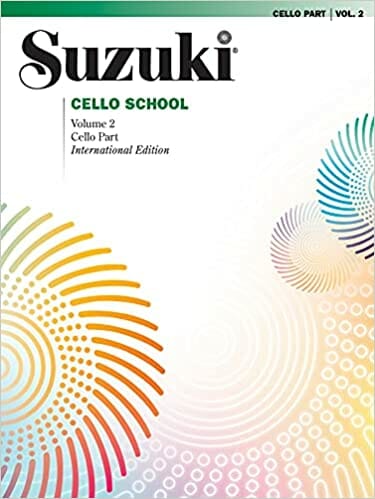
Teach cello with the popular Suzuki Cello School. The Suzuki Method(R) of Talent Education is based on Shinichi Suzuki’s view that every child is born with ability, and that people are the product of their environment. According to Shinichi Suzuki, a world-renowned violinist and teacher, the greatest joy an adult can know comes from developing a child’s potential so he/she can express all that is harmonious and best in human beings. Students are taught using the “mother-tongue” approach.
Suzuki Cello School

Teach cello with the popular Suzuki Cello School. The Suzuki Method(R) of Talent Education is based on Shinichi Suzuki’s view that every child is born with ability, and that people are the product of their environment. According to Shinichi Suzuki, a world-renowned violinist and teacher, the greatest joy an adult can know comes from developing a child’s potential so he/she can express all that is harmonious and best in human beings. Students are taught using the “mother-tongue” approach.
I Can Read Music

These easy-to-read, progressive exercises by Joanne Martin develop a student’s reading skills one stage at a time, with many repetitions at each stage. I Can Read Music is designed as a first note-reading book for students of string instruments who have learned to play using an aural approach such as the Suzuki Method(R), or for traditionally taught students who need extra note reading practice. Its presentation of new ideas is clear enough that it can be used daily at home by quite young children and their parents, with the teacher checking progress every week or two.
Position Pieces for Cello

Position Pieces for Cello is designed to give students a logical and fun way to learn their way around the fingerboard. Each hand position is introduced with exercises called “Target Practice,” “Geography Quiz,” and “Names and Numbers.” Following these exercises are tuneful cello duets that have been specifically composed to require students to play in that hand position. In this way, students gain a thorough knowledge of how to find the hand positions, and once there, which notes are possible to play.
